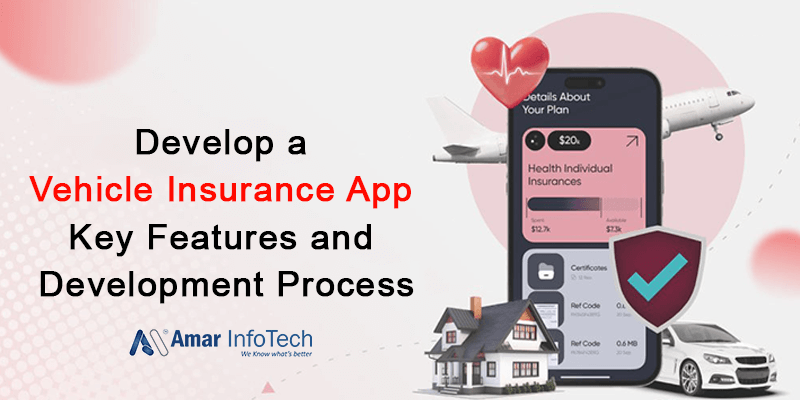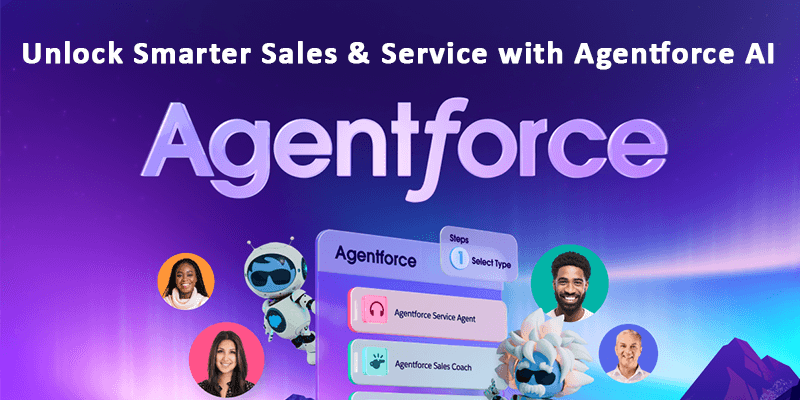Ready for Digital Transformation? Your Vision, Our Expertise - Let’s Build Innovative Software Together!
Develop a Vehicle Insurance App: Key Features and Development Process
 Blog Build Apps Like
Blog Build Apps Like
Introduction
The vehicle insurance market in the USA is witnessing rapid digital transformation. With increasing reliance on mobile apps, insurers are turning to innovative vehicle insurance apps to enhance customer experience, improve efficiency, and drive engagement. If you’re planning to develop a vehicle insurance app for the US market, this blog will guide you through the essential features and the step-by-step development process.
Why Develop a Vehicle Insurance App for the USA?
The United States is a leading market for vehicle insurance, with millions of insured vehicles across the country. Consumers in the US are increasingly tech-savvy and demand convenience when managing their insurance policies. Developing a vehicle insurance app can help insurance companies streamline operations and provide customers with features like instant claims, policy management, and telematics-based premium calculations.
Key Statistics:
- Market Size: The US vehicle insurance market is projected to reach $352 billion by 2025.
- Tech Penetration: Over 85% of US adults own a smartphone, offering vast potential for app-based services.
- Customer Behavior: 71% of US customers prefer using apps for managing their insurance policies.
Key Features of a Vehicle Insurance App
1. User-Friendly Registration and Onboarding
Simplify user sign-up with options like email, phone number, or social media accounts. Integrate identity verification to comply with US regulatory standards.
2. Policy Management
Allow users to view, renew, or update their vehicle insurance policies effortlessly. Provide access to important documents like policy terms, ID cards, and coverage details.
3. Quote Generation
Enable potential customers to calculate insurance premiums based on factors such as driving history, vehicle type, and location (ZIP code-based customization for US regions).
4. Claims Management
Offer easy claim filing with features like:
- Uploading photos of the vehicle damage.
- Real-time claim tracking.
- Chatbot assistance for immediate queries.
5. Telematics Integration
For usage-based insurance (UBI), integrate telematics to monitor driving behavior and calculate premiums accordingly. This feature is gaining traction in the US for safe drivers seeking discounts.
6. Payment Gateway Integration
Secure payment options, including credit cards, debit cards, Apple Pay, Google Pay, and ACH transfers, are essential for the US audience. Add features like automated reminders for premium payments.
7. Roadside Assistance
Provide emergency roadside services like towing, tire replacement, and jumpstarts with GPS-based location tracking.
8. Driver Score and Rewards
Incentivize safe driving habits by providing a driver score and offering discounts or rewards on premiums for responsible drivers.
9. Push Notifications
Send alerts for policy renewals, claim updates, and exclusive offers. Personalize notifications based on user preferences and location.
10. Compliance and Security Features
Ensure compliance with US-specific regulations like HIPAA (if health data is involved) and state-specific vehicle insurance laws. Use advanced encryption to protect sensitive user data.
Development Process for a Vehicle Insurance App
Step 1: Market Research and Planning
Conduct in-depth research on US consumer behavior and competitors. Identify state-specific regulations for vehicle insurance apps.
Step 2: Wireframing and UI/UX Design
Design a user-centric interface that emphasizes simplicity and accessibility. Incorporate features like dark mode and voice assistance for better user engagement.
Step 3: Technology Stack Selection
Choose technologies tailored to US user preferences:
- Frontend: Flutter, React Native.
- Backend: Node.js, Python.
- Database: PostgreSQL, MongoDB.
- APIs: Telematics APIs, Payment Gateway APIs (Stripe, PayPal).
Step 4: Development and Integration
Build core functionalities like policy management, claims, and payment systems. Integrate third-party tools for telematics, GPS tracking, and payment gateways.
Step 5: Testing and Quality Assurance
Conduct rigorous testing for compliance with US-specific regulations. Test app performance, security, and usability on various devices.
Step 6: Launch and Marketing
Publish the app on Apple App Store and Google Play Store. Use targeted digital marketing campaigns, focusing on US regions with high vehicle insurance demand.
Step 7: Post-Launch Support and Updates
Provide 24/7 customer support via in-app chat or phone. Regularly update the app with new features and improvements based on user feedback.
Challenges in Developing a Vehicle Insurance App for the US Market
- Regulatory Compliance: Adhering to federal and state-specific insurance laws.
- Data Privacy: Ensuring user data protection as per CCPA (California Consumer Privacy Act) and other regulations.
- Telematics Integration: Working with reliable telematics providers to offer accurate data.
- Competitive Landscape: Differentiating your app from established players like Geico, State Farm, and Allstate.
Conclusion
Developing a vehicle insurance app for the US market presents immense opportunities, provided you focus on user-centric features, regulatory compliance, and seamless functionality. By leveraging the right technology stack and following a structured development process, you can create an app that not only meets the needs of US consumers but also stands out in this competitive market.
If you’re looking for a reliable development partner for your vehicle insurance app, Amar Infotech can help. With expertise in mobile app development and extensive experience in the insurance industry, we can bring your vision to life.
Contact us today to discuss your project!





